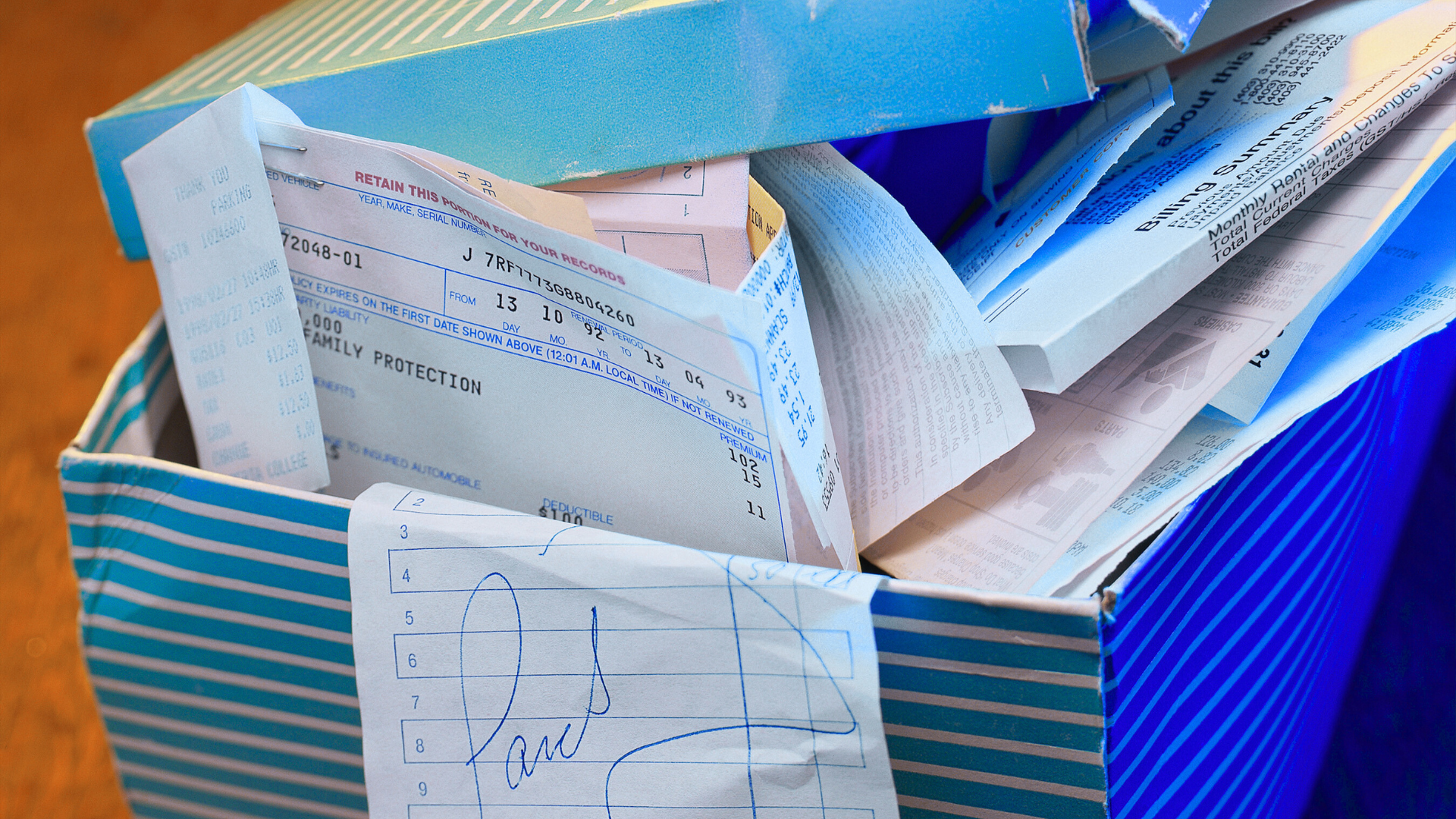Business Consulting and Advisory
Small Business Owners’ Guide to Improve Both Business and Personal Cash Flow
October 2, 2025

The most challenging balancing act for any small business owner is maintaining separate personal and business finances. It is because most small businesses are born in the backyards and homes of entrepreneurs and raised using personal money till the business becomes capable of standing on its own feet. Sometimes you may have to juggle your finances to stay afloat. When a lean phase arrives and cash is running low, even the most seasoned businessmen are tempted to tap into their personal reserves to support their business or vice versa. Your cash flow is the lifeblood of your business and personal finances.
While borrowing from yourself to fund business needs may provide an immediate financial solution, it is not a sustainable approach.
Keep Personal and Business Finances Separate
When conducting business, treat it as a separate entity, even if it is a single-person operation. Open a separate bank account for business transactions such as receiving client payments, paying business expenses, taking a business loan, and repaying the loan. Even pay yourself a fixed monthly amount from your business account.
It will keep both cash flows separate and give you a feeling that you are withdrawing money from the business. Now, let’s examine ways to enhance cash flows.
Four Ways to Improve Your Personal Cash Flow
The success and growth of any business is reflected in the improved lifestyle and financial stature of the business owner. While enjoying this newfound success, it is important to monitor personal cash flow to avoid overspending or underspending. Here are five easy tips to keep your personal cash flow on track:
1. Create a Budget
Even though you are the business owner, fix a monthly amount you will withdraw for personal use. It is a good habit to keep a range for the permissible amount you can withdraw. This range can be determined by creating a comprehensive budget.
- Recurring expenses such as utility bills, groceries, house rent, and medical expenses can be the minimum permissible withdrawal.
- Insurance premiums, emergency funds, and retirement savings, which can be withdrawn quarterly or annually as dividends.
- If you still have bandwidth to withdraw, you can fix a budget for discretionary expenses. For instance, you set a $10,000 annual budget for discretionary spending. If you have already used that amount, refrain from withdrawing more. And even if you do, repay that amount to the business.
Please stick to the budget no matter how hard it seems at first. You can revise it later if it doesn’t seem pragmatic. Good financial habits and stable cash flow can be a little hard to develop, but once you get the hang of it, they can be the catalysts of your financial and social growth.
2. Borrow Less, Spend Wise
While borrowing can provide you with immediate cash flow, it will consume your future cash flow through interest payments. A better solution is to prioritize spending and use debt as a last resort. Consider cutting costs elsewhere and diverting those cash flows to the urgent and essential expenses. And if you have to take a loan, do the math to ensure the debt-funded business activity generates enough returns to repay the loan along with interest and still make a profit.
3. Have Multiple Income Streams
Do not become complacent if your small business is generating a steady income and maintaining a stable personal cash flow. The need for cash may arise at any time. Investing in diversified assets such as stocks, bank deposits, or real estate can boost personal cash flow.
Ensure these assets are divided across long-term, medium-term, and short-term liquidity. That way, business crises won’t affect personal finances, and a personal emergency will not affect business finances.
4. Keep Aside a Cash Reserve
An emergency can arise at any time and disrupt your carefully drawn budget. For such times, a special cash reserve can give you immediate liquidity.
But where does this special cash reserve come from? From your monthly income.
Please make it a habit to set aside a certain percentage of your monthly income in a cash reserve. This money will only be used in genuine emergencies, such as natural disasters and medical emergencies. This will alleviate the burden on your routine cash flow and ensure that necessary expenses remain uninterrupted.
Four Ways to Improve Your Small Business Cash Flow
The above tips also apply to your small business, but there you can take additional steps to improve business cash flow.
1. Monitor Business Payments and Receivables
Regular and timely payments from clients, and properly timing any outstanding payments to suppliers, are the lifeline of a smooth business cash flow. An effective automated invoicing system can help with sending out reminders to your clients and monitoring all payments and receipts. Offering discounts for early payments or other such incentives can encourage clients to pay on time.
2. Use Business Assets Optimally
You can explore ways to optimize your business assets to generate additional income or minimize waste. How do you do this?
Track the use of your production equipment, office space, office supplies, and other assets to ensure optimal utilization. Identify wastage and look for ways to optimize assets. For instance, you can lease equipment when it is not in use or reduce orders of office supplies that are used less frequently. Before splurging on a bigger space or buying a car for business needs, check if you really need it. Also, check if you can sustain their maintenance and other costs.
3. Managing Inventory
Excess inventory takes up excess space, causing costs to escalate and cash flow to ebb. Regular monitoring and effective management can prevent your cash flow from being hindered by unsold stock.
4. Reviewing Sales and Pricing
If your cash flow is still struggling, it may be time to review your product or service pricing and reconsider your sales strategy. Not only will this help improve your profitability and boost sales, but it will also inject new life into your cash flow.
There is always room for improvement in cash flow through close monitoring, strategic planning, and smart spending.
Contact DNTW Toronto LLP for Managing Business and Personal Cash Flows and Finances
Consulting an expert to design a practical budget, manage inventory, and improve cash flow. At DNTW Toronto LLP, our business consultants and accountants offer services including budgeting, tracking cash flow, and identifying alternative income streams and tax-saving opportunities. To learn more about how DNTW Toronto LLP can provide you with the best business consulting and accounting expertise, reach out to us here.


